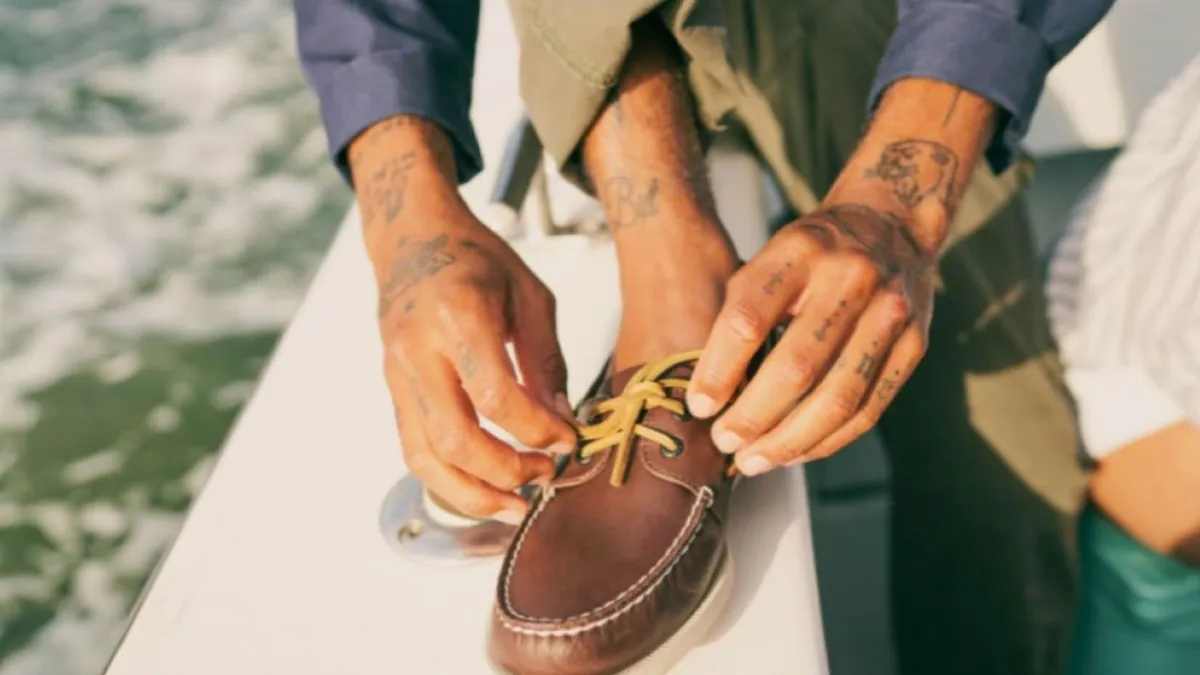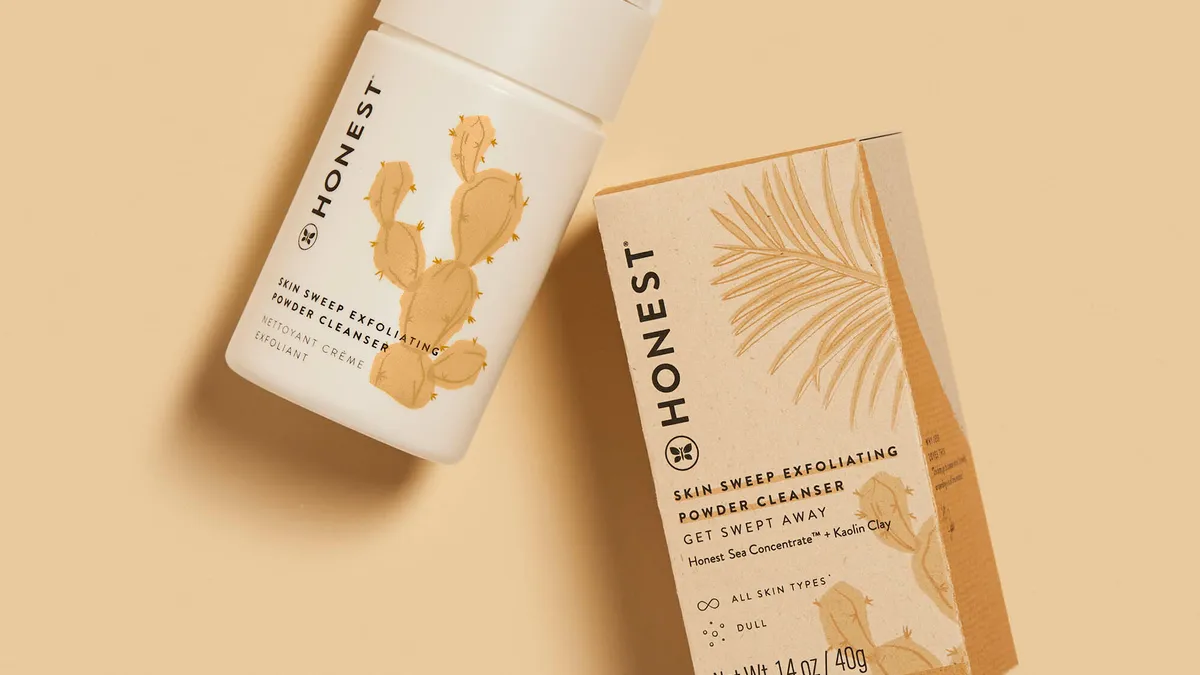Wolverine Worldwide is doing some corporate soul-searching.
Three months after the company fired its former CEO, Wolverine earlier this month announced it would restructure its global workforce in the face of a 23.7% decline in annual revenue during the third quarter. The move, the company said, along with other key initiatives, is expected to deliver $215 million in annualized savings.
“We are taking decisive steps to stabilize the business by divesting non-core assets, paying down debt, reducing inventory, and right-sizing our cost structure,” Chris Hufnagel, president and CEO, said in a statement on the restructuring.“At the same time, we are redesigning the organization to become great global brand builders.”
In February, Wolverine sold Keds to Designer Brands, parent company of shoe retailer DSW, for $123.3 million. Another Wolverine lifestyle property, Hush Puppies, was licensed to Designer Brands in the U.S. and Canada effective July 1, and Wolverine also sold all its Hush Puppies trademarks, patents, copyrights and domains in China to sublicensee Beijing Jiaman Dress Co., Ltd., for approximately $58.8 million in August. At the same time, it sold its U.S. leathers business to New Balance.
The move to find a new home for its legacy boat shoe brand is part of a larger restructuring at Wolverine, which has left Sperry adrift in the company’s lifestyle division.
In a press release about the company’s decision to sell Hush Puppies and its leather business, Mike Stornant, Wolverine’s executive vice president and CFO said the moves are the latest actions in the company’s “ongoing effort to reshape our portfolio and target our most meaningful opportunities,” adding that Wolverine would continue to streamline its organization and become “more efficient, so that we can direct greater resources into our growth brands, pay down debt, and enhance long-term shareholder value.”
Hufnagel echoed that sentiment in the Q3 earnings statement.
“We continued to reshape our portfolio, reduce our inventory, and redesign the Company,” Hufnagel said, adding that that company was “taking the necessary steps to reinvigorate our brands.”
As a part of this reshaping, Sperry now sits on a metaphorical sale shelf. Wolverine said in May it was “exploring strategic alternatives” for the brand, a sentiment that has been repeated in every earnings statement since.
Meanwhile, analysts examine who should buy the 88-year-old brand.
Small but strategic
It’s unlikely there will be a bidding war for the brand, according to Matt Powell, senior adviser at BCE Consulting and adviser and founder of marketing and merchandising consultancy Spurwink River. He doesn’t expect to see “a battle royale here,” he said, but instead expects that the brand would go to “someone who's making a more strategic approach to either get into a different kind of footwear business, or to get into the footwear business at all.”
That’s because Sperry is a relatively small company when it comes to footwear brands, Powell said.
“Whoever makes the acquisition, this is not going to be a game changer for them,” he said. “And I don't think [Wolverine] is going to get much of a price for this because of the current trends situation for Sperry.”
Consumers have been turning away from the boat shoe brand in recent years. In its 2022 annual report, Wolverine said that its Lifestyle Group revenue decline was largely driven by a decrease of $33.4 million from Sperry, and the Sperry brand’s Q3 earnings were $46.2 million, representing a 41.4% year-over-year drop. The company also reported $2 million of Sperry store closure costs.
“If I had X million dollars I’d buy it myself.”

Ben Smithee
CEO of business consultancy firm The Smithee Group
Yet declining revenues and retail backslides haven’t affected Sperry’s inherent potential, said Benjamin Smithee, CEO of business consultancy firm The Smithee Group.
“If I had X million dollars I’d buy it myself,” Smithee said. “It's one of those brands that brands don't know what to do with. But if it were a portfolio of funds, I would say it has a lot of ‘alpha’ in it.”
Smithee said there’s a high brand awareness for Sperry in the U.S., and it appeals to a wide range of fashion consumers.
“I could take that brand and do an enormous, enormous amount with it,” he said.
Yet Smithee said Sperry needs to move away from its heritage marketing.
“Brands that go heritage today rely too much on that,” he said. “That becomes their main thing. They almost think they deserve to be around and have a share of your wallet because they’ve always been here. Very few brands can demand that much.”
Instead, Smithee said Sperry needs to establish itself as a wardrobe basic.
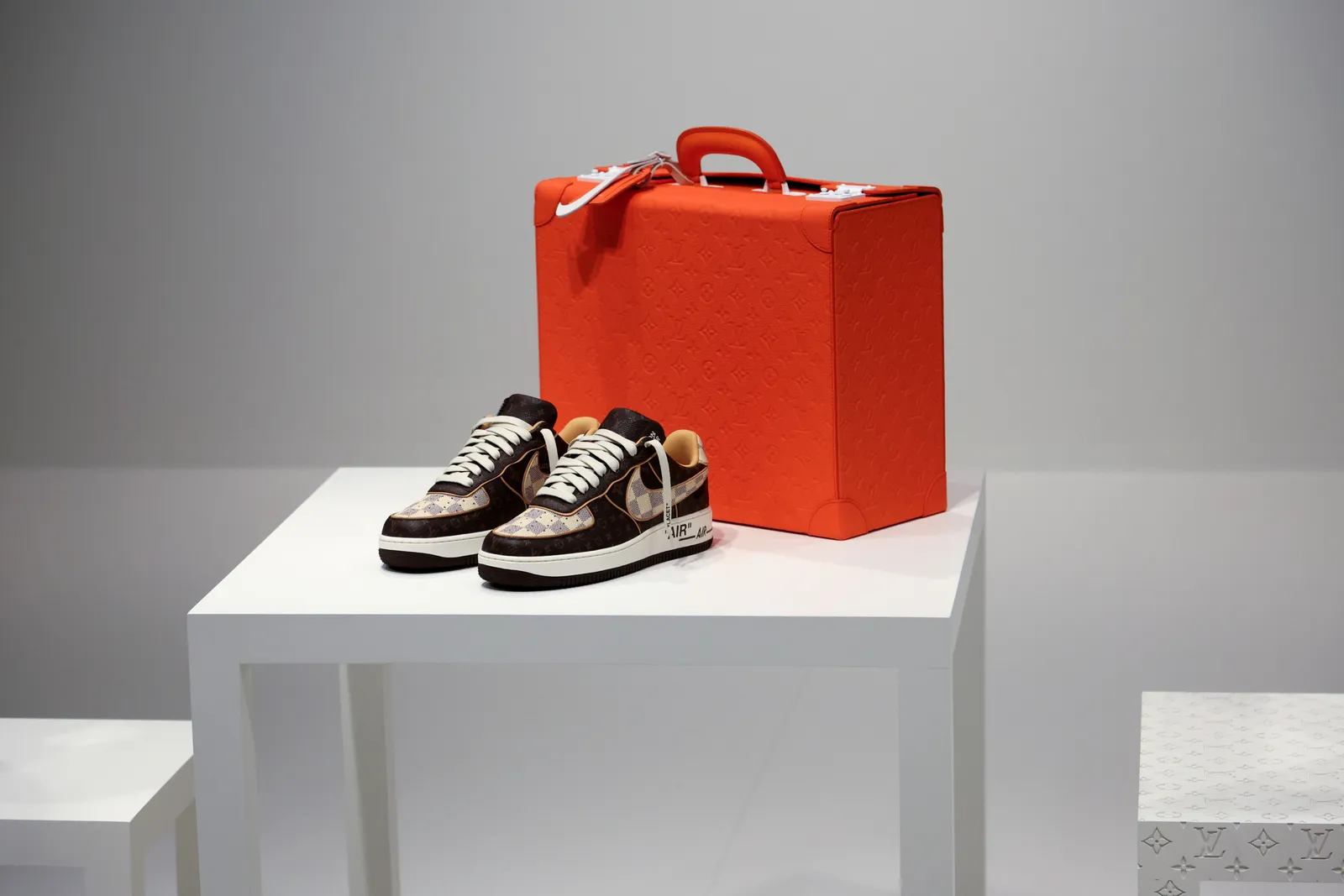
“I would want it to be more like the Chuck Taylors of the world, the Vans slip-on, the Nike Air Force One or Nike Air Max,” he said. “You know, everybody should have a pair.”
To get there, though, Powell said Sperry needs help.
“They've never really been able to diversify themselves away from a key category of boat,” he said. “And while they’ve made other shoes and some of them have sold pretty well, they were never able to get any traction around that.”
Not quite Authentic or Designer
If Wolverine attracts a buyer, it probably won’t be Authentic Brands Group, which is known for snapping up struggling brands, Powell said.
“I see ABG as a brand harvester and not necessarily as a brand builder,” Powell said. “They tend to take brands — Reebok being an exception — that are on the backside of their life cycle, and milk out the last millions that they can out of the brand.”
He added that ABG doesn’t spend much on marketing or product development, with the exception of Reebok. “If they did that with Sperry, that might work,” he said. “But for the most part that's not a core competency of ABG.”
Smithee agreed.
“I don't think Sperry is on the stage of its life cycle yet for Authentic,” he said.
Powell also sees some obstacles to a Designer Brands deal for Sperry, though they’re not dealbreakers.
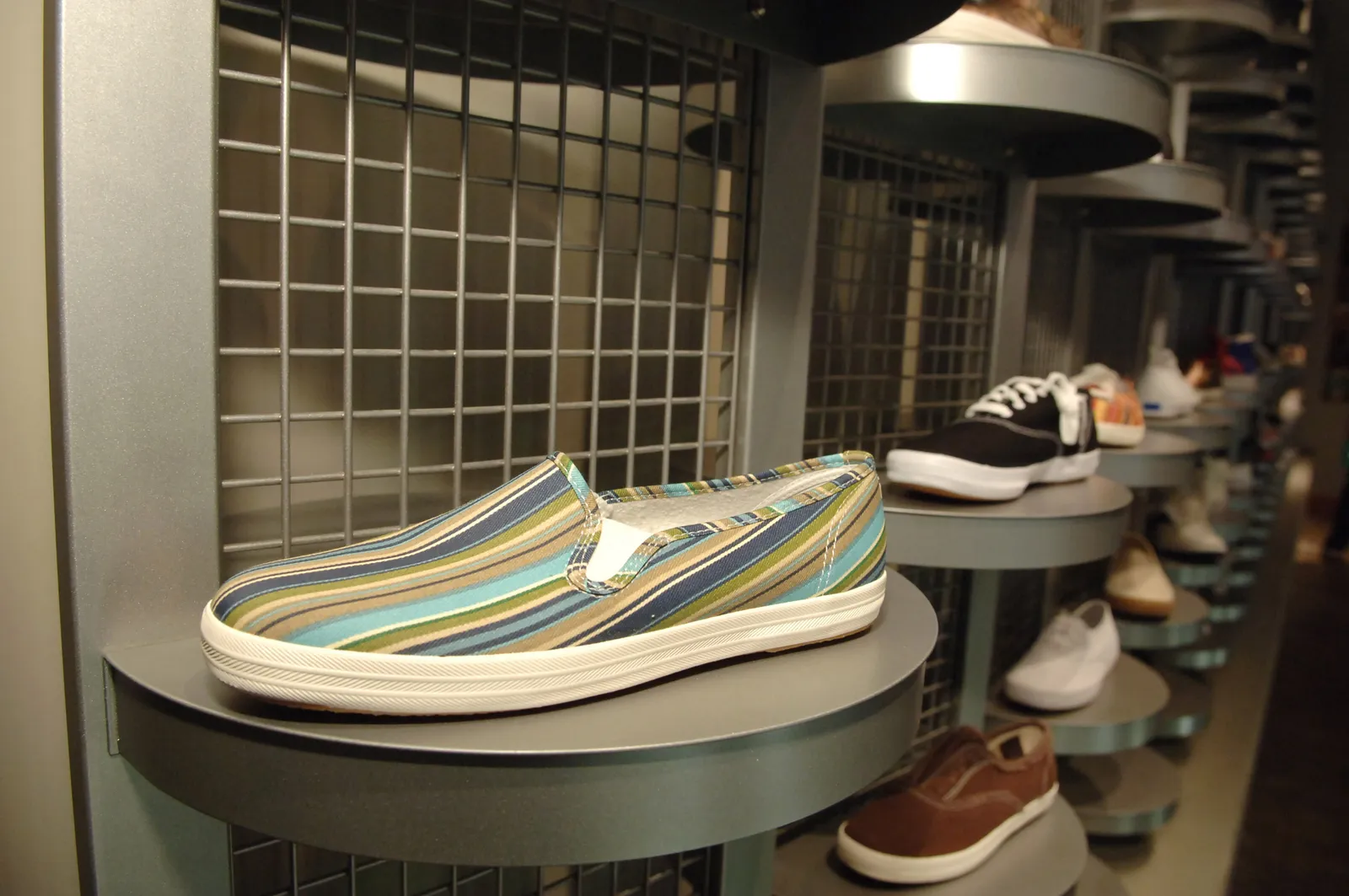
“With this recent Keds acquisition they may say, ‘Let's get Keds right before we can do another one,’” he said. “Because Keds is another brand that needs a turnaround. On the other hand, acquisitions like this don't come along every day. And so to some extent, if you're in the hunt, you got to strike when you see when you see the target. I would say Designer Brands is probably the most logical [buyer].”
Hopping on the Vans wagon
VF Corp., owner of Vans, The North Face, Timberland and Dickies, might also be a good fit because of the company’s brand-building abilities, Smithee said.
“North Face is an iconic brand, he said. “Timberland is an iconic brand. [VF] understands footwear, and they understand outdoors. They know how to brand-build, and they know how to brand-build while sustaining margin and, honestly, high-end prices.”
Brian Ehrig, partner in the consumer practice of strategy and management consulting firm at Kearney, agreed that the move might make sense.
“They have the footwear expertise, the global reach to expand distribution, and the ability to manage a smaller brand,” he said in comments emailed to sister publication Fashion Dive. “Their challenge is their low market cap. They’d have to figure out how to finance it, and I think it would be hard to raise through equity, and expensive through debt.”
Then there’s the issue of VF’s recent activist investor problems, Powell said.
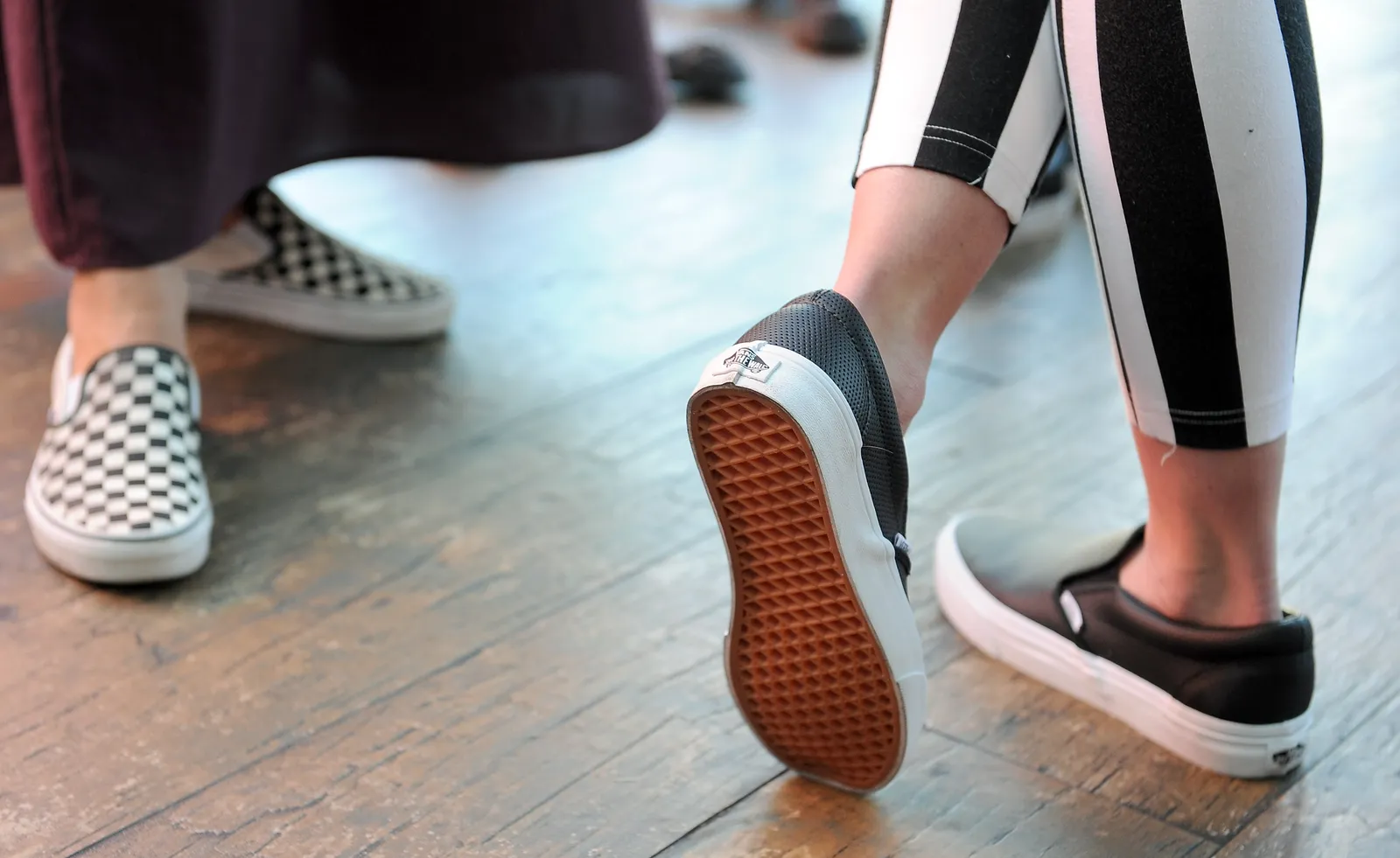
“They've got an activist investor who wants them to stop acquisitions, and essentially start to divest,” he said. “And this one sounds pretty threatening. My gut is they're going to be occupied with trying to settle things with this investor before they start to get any more acquisitions. I also think it doesn't sort of fit in. Most of what they have, with the exception of Vans, is performance-driven product or performance-related product, and I'm not sure if it's in that portfolio either.”
Wildcard buyers
On the list of companies unlikely to save Sperry, Ehrig said Skechers is near the top.
“I think they’d create a sub-brand called ‘Skerry’ before they would buy Sperry,” he said.
Powell said PVH Corp., owner of Calvin Klein and Tommy Hilfiger, is also not high on the list.
“We're seeing a lot of brands thinking about diversifying themselves away from the core,” Powell said. “And I could see Sperry complementing Tommy and Calvin.” However, he said, they “have not indicated any interest in getting into footwear. So I think that’s kind of doubtful as well.”
One wildcard possibility is Deckers Brands, owner of the Hoka and Ugg brands, Ehrig said.
“It has a portfolio of lifestyle brands such as Ugg and Teva, scale to drive margin improvement, a track record of innovation such as with Hoka, and top tier distribution that might be able to help with Sperry’s current demand generation issues,” he said.
"There are very few almost 90-year-old brands in American fashion, but this one of them."

Brian Ehrig
Partner in the consumer practice of strategy and management consulting firm at Kearney
Private equity is another option.
“There are other harvester companies out there besides ABG, although nobody has as deep pockets as they do,” Powell said. “Caleres owns brands, and they’ve acquired brands over time. Could they be in play here? Maybe.”
Powell added that there’s a lot of private equity money “just sitting on shelves not being used for anything, and you could potentially see someone step up on that side.”
Ehirg agreed that a private equity firm could be very interested in the brand.
“There are very few almost 90-year-old brands in American fashion, but this one of them,” he said. “There is value in the brand for the right buyer to get it at the right price and turn it around to reignite growth.”
Staying put
Powell said he believes that one way or another, Wolverine is selling Sperry.
“Part of the reason for Wolverine’s desire to divest of these companies is to decrease the distractions of owning all these brands, and brands that did not have a lot of synergies with each other,” he said. “I think that attitude still exists. The only way I can see them not selling [Sperry] is if the bids came in so ridiculously low that they would be criticized for selling a product or property for a lowball amount of money.”
Wolverine may not be the best fit for Sperry anyway, Smithee said.
“They don’t do that much DTC marketing,” he said. “It's primarily industry marketing, so in consumer, Millennial, Gen Z, Gen Alpha marketing, I don't know if they've done that. I'm not saying they can't. I'm just saying I honestly don't know what they've had to do in that space. That's why they're having a hard time. Even if it's not a dollars issue, it's a share-of-attention issue at the corporate office.”
Still, Ehrig said there’s still a chance Wolverine could turn Sperry around.
“Why not?” he asked. “Sperry is an iconic American brand. Right now, sneakers and casual footwear in general are the most popular styles, but if we know anything about fashion, we know that if you hold onto something long enough, it will become cool again. Look at Crocs. If they can do it, why can’t Sperry?”



